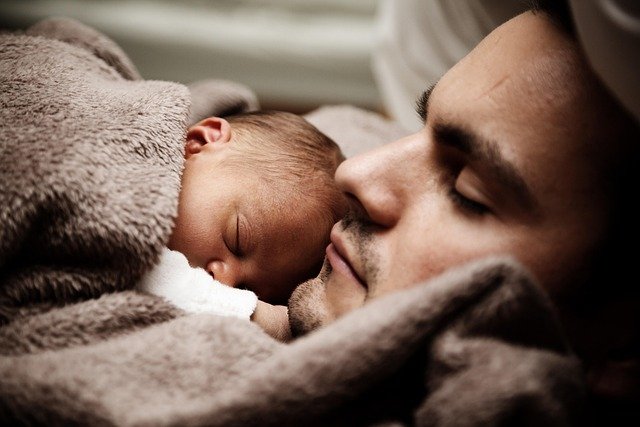Slippers: A Simple Guide to Everyday Comfort
Slippers are soft shoes worn indoors that keep feet cozy and clean. They come in many styles, from fluffy pairs to lightweight slip-ons, and are often made from fabric, wool, or leather. People use them at home to relax, stay comfortable after a long day, or simply enjoy walking around without outdoor shoes. This guide explains what slippers are, how they are made, and why they have been a favorite household item in many cultures for centuries.

Understanding Different Types of Slippers
The world of slippers offers remarkable variety, with designs suited to different preferences, seasons, and household environments. Moccasin-style slippers feature a distinctive stitched construction with a soft sole, providing a secure fit while maintaining flexibility. Bootie or slipper socks extend coverage up around the ankle, offering additional warmth during colder months. Slide slippers allow for easy on-and-off wear with their open back design, while scuff slippers provide a similar convenience with a minimal upper covering. Novelty slippers, often featuring playful designs, add an element of fun to everyday comfort. Specialized orthotic slippers cater to those requiring additional arch support or therapeutic benefits.
Selecting Comfortable Indoor Slippers
When choosing comfortable indoor slippers, several factors deserve consideration. The material lining should feel pleasant against bare feet, whether plush fleece for maximum coziness or breathable cotton for warmer seasons. Proper arch support becomes increasingly important for those spending extended periods in slippers, helping to prevent foot fatigue and discomfort. A secure fit prevents slipping or tripping hazards while maintaining comfort. Sole thickness and material affect both durability and the level of protection from cold floors—rubber or synthetic soles provide better insulation and longevity compared to fabric-only bottoms. The weight of slippers also impacts comfort, with lightweight options generally preferred for extended wear.
Evaluating Slippers for Everyday Use
Everyday slippers should balance immediate comfort with long-term functionality. Machine-washable options simplify maintenance, allowing for regular cleaning to preserve both appearance and hygiene. Durable construction, particularly reinforced stitching at stress points, extends the lifespan of daily-wear slippers. Non-slip soles provide essential safety, particularly on hard floors or for those with mobility concerns. Indoor-outdoor versatility proves valuable for brief outdoor excursions like retrieving mail or walking pets. Memory foam insoles offer personalized comfort by contouring to foot shape over time, while moisture-wicking properties help maintain dry comfort throughout the day.
Exploring Slippers Made from Wool
Wool stands as a premier material for slippers, offering natural temperature regulation that keeps feet warm in winter without overheating. Merino wool provides exceptional softness compared to conventional wool, making it ideal for direct skin contact. Boiled wool, having undergone a special felting process, creates a dense, insulating fabric perfect for colder climates. Natural lanolin content in minimally processed wool delivers antibacterial properties that help resist odors even with regular wear. The sustainable aspects of wool—being renewable, biodegradable, and often requiring less processing than synthetic alternatives—appeal to environmentally conscious consumers. Modern wool slippers frequently incorporate supportive rubber or EVA soles to enhance durability while maintaining the natural benefits of wool uppers.
Benefits of Slippers for Home Use
The advantages of dedicated home footwear extend beyond simple comfort. Slippers create a barrier against cold that contributes to overall body temperature regulation, particularly important during winter months when cold floors can cause discomfort. The hygienic benefits are substantial—slippers prevent direct contact with floor contaminants and reduce the tracking of outside debris throughout the home. For individuals with circulation issues, proper slippers help maintain warmth in extremities, potentially alleviating discomfort. The noise reduction provided by soft-soled options proves valuable in multi-person households or apartments with noise-sensitive neighbors. From a practical perspective, regular slipper use reduces wear on socks and protects feet from common household hazards like splinters or small debris.
Slipper Care and Maintenance Guidelines
Proper maintenance extends slipper lifespan while preserving their comfort and appearance. Washing requirements vary significantly by material—most fabric and synthetic slippers can be machine-washed, while leather, suede, and some wool varieties require specialized care like spot cleaning or professional treatment. Rotation between multiple pairs allows recovery time for cushioning materials and extends overall wear. Storage should maintain shape; stuffing with tissue paper prevents crushing of structured styles during off-seasons. Regular inspection for wear, particularly examining soles for thinning that might compromise safety, ensures timely replacement before functionality deteriorates. Minor repairs like restitching seams or reinforcing worn areas can significantly extend useful life, making quality slippers a worthwhile investment in daily comfort.
Conclusion
Slippers represent an often overlooked but significant contributor to everyday comfort and well-being at home. From temperature regulation to hygiene benefits, these simple footwear items deliver multiple advantages beyond basic warmth. With options ranging from natural wool constructions to specialized orthopedic designs, today’s market offers slippers suited to virtually every preference, need, and household environment. By understanding the available types, materials, and maintenance requirements, consumers can make informed choices that enhance their daily home experience through appropriate, comfortable footwear.




